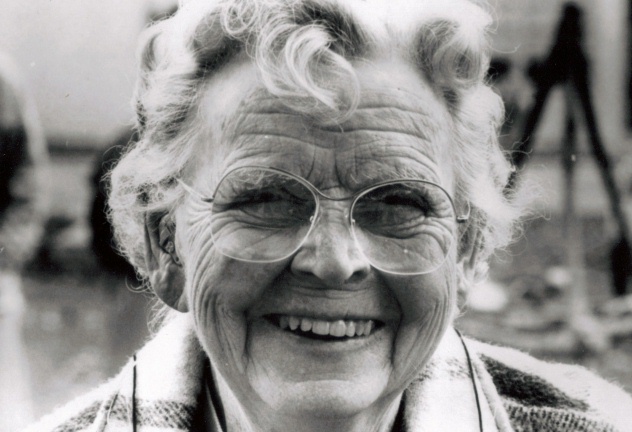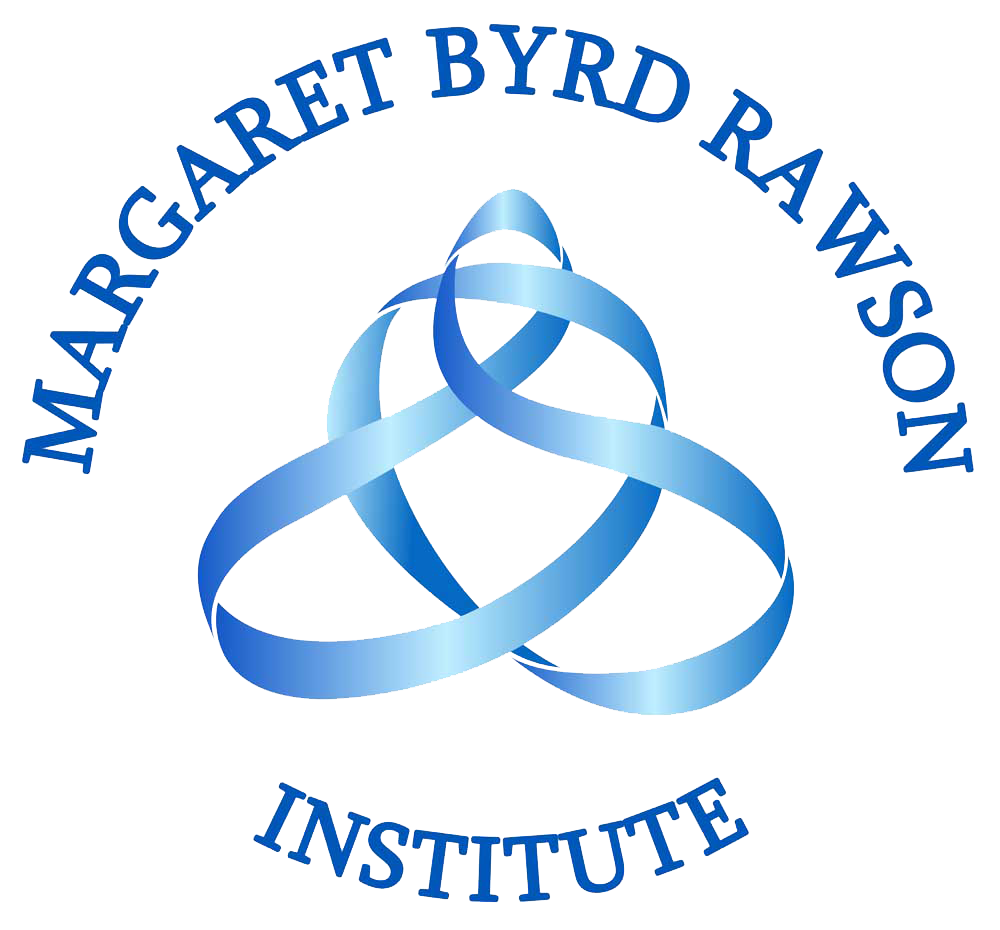

About Margaret
Margaret Byrd Rawson started a revolution in this country. She brought about public awareness
of dyslexia, a condition that stifles the growth and talent of the most talented among us, hampers
their creativity, and, when gone undetected, ruins the lives of many children and adults. Margaret
was an educator, researcher, sociologist, psychologist, writer, preeminent scholar, and holder of
two honorary doctorates. However, Margaret’s primary goal in all her writings has been to speak
to her readers in “Plain English.” She desired to function as a bridge among scientific
researchers, educators, and individuals with dyslexia so that information could be passed on to
“teach the language as the language is, to the individual brain as that brain is.” Margaret Byrd
Rawson is the giant upon whose shoulders we stand. We are indebted to her for all she has taught
us and for the strength and determination she provided us to go forward in a society that still
denies the reality of what sound clinical practice and scientific research have, for more than 100
years, proven to be true in teaching children to read.
Margaret was born in Rome, Georgia, on June 30, 1899. She passed away in her home, Foxes
Spy, in Frederick, Maryland, on November 25, 2001, at the age of 102. In her later years,
Margaret often reflected on her experiences and memories of having lived for three centuries.
Raised as a Quaker in Philadelphia, she graduated Phi Beta Kappa from Swarthmore College in
1923. After graduation, she married Arthur Joy Rawson, an engineer with whom she had two
sons. In 1940, she earned a Master’s Degree in social work and another in elementary education
and psychology from the University of Pennsylvania.
In 1929, Margaret and Arthur Rawson joined a group of parents to establish the School in Rose
Valley in Moylan, Pennsylvania. This school emphasized child-centered learning, stimulating
and encouraging children to follow their natural impulses of curiosity, interest, and creativity.
Eventually, Margaret became its librarian, and the teachers sent young boys with difficulty
reading to her for tutoring. She heard that Dr. Samuel Orton, a neurologist, addressed these
problems at a clinic in Philadelphia, and she began taking these youngsters to him for evaluation.
Working with Dr. Paul Dozier, Dr. Orton’s colleague, Margaret, entered the world of dyslexia and
eventually became a pioneering expert known as the Grand Dame of dyslexia in this country.
Over the years, Margaret Rawson authored nine books dealing with dyslexia, including the
seminal study Dyslexia Over the Lifespan, a 55-year Longitudinal Study chronicling the adult
accomplishments of those boys she first worked with at the School in Rose Valley. It has been
said that such a study would never be repeated because no one with her unique background as a
sociologist and an eminent expert in dyslexia would live long enough to recreate the study!
From 1947 -1964, Margaret was an Assistant Professor of Sociology at Hood College in
Frederick, Maryland, developing the first graduate course in the country focusing on diagnosing
and teaching strategies for dyslexia. In addition, from 1950 -1957, she worked as a psychologist
for the Frederick County Health Department, tutored youngsters with dyslexia, cofounded and
served as the President of the Orton Society (now known as The International Dyslexia Society),
and became editor of the Bulletin of the Orton Society (now called The Annals). By the 1970s,
Margaret served as President of the Council for Literacy and was a member of the U.S.
President’s Commission on Public Health. She also served as a member of the Maryland
Governor’s Commission on Dyslexia. In 1973, she helped establish the Jemicy School,
Baltimore’s first school for dyslexic children.
Margaret’s career was a testament to her remarkable achievements. She was instrumental in
establishing dyslexia education centers in the U.S. and worldwide. Her dedication and hard work
were recognized with honorary doctorates from Swarthmore College and Hood College, and she
was the first recipient of the Lifetime Achievement Award from the International Dyslexia
Association. Her work continues to inspire and motivate us, and her name is synonymous with
compassion, leadership, and excellence in the field of dyslexia.
On March 28, 2001, at the age of 101, Margaret signed the Articles of Incorporation for the
Margaret Byrd Rawson Institute, Inc., dedicated to educating educators, professionals, and
parents in language acquisition so that all children will have the critical educational skills and
positive sense of self they need to realize their full potential. The Margaret Byrd Rawson
Institute has become a vessel for her lifelong vision. In 2004, Margaret Byrd Rawson was
inducted into the Maryland Women’s Hall of Fame after her death, recognizing her significant
achievements and statewide contribution as a Maryland State resident.
Margaret’s vision of a well-educated circle of teachers, professionals, and parents has had a
profound impact. Her work has empowered children with dyslexia, enabling them to become
educated, literate, and compassionate individuals. Her legacy is one of hope and optimism,
showing us that with the proper support and understanding, children with dyslexia can achieve
their full potential.
“No dyslexic child needs to fail because of their dyslexia. With appropriate education, there is a
way out.”

